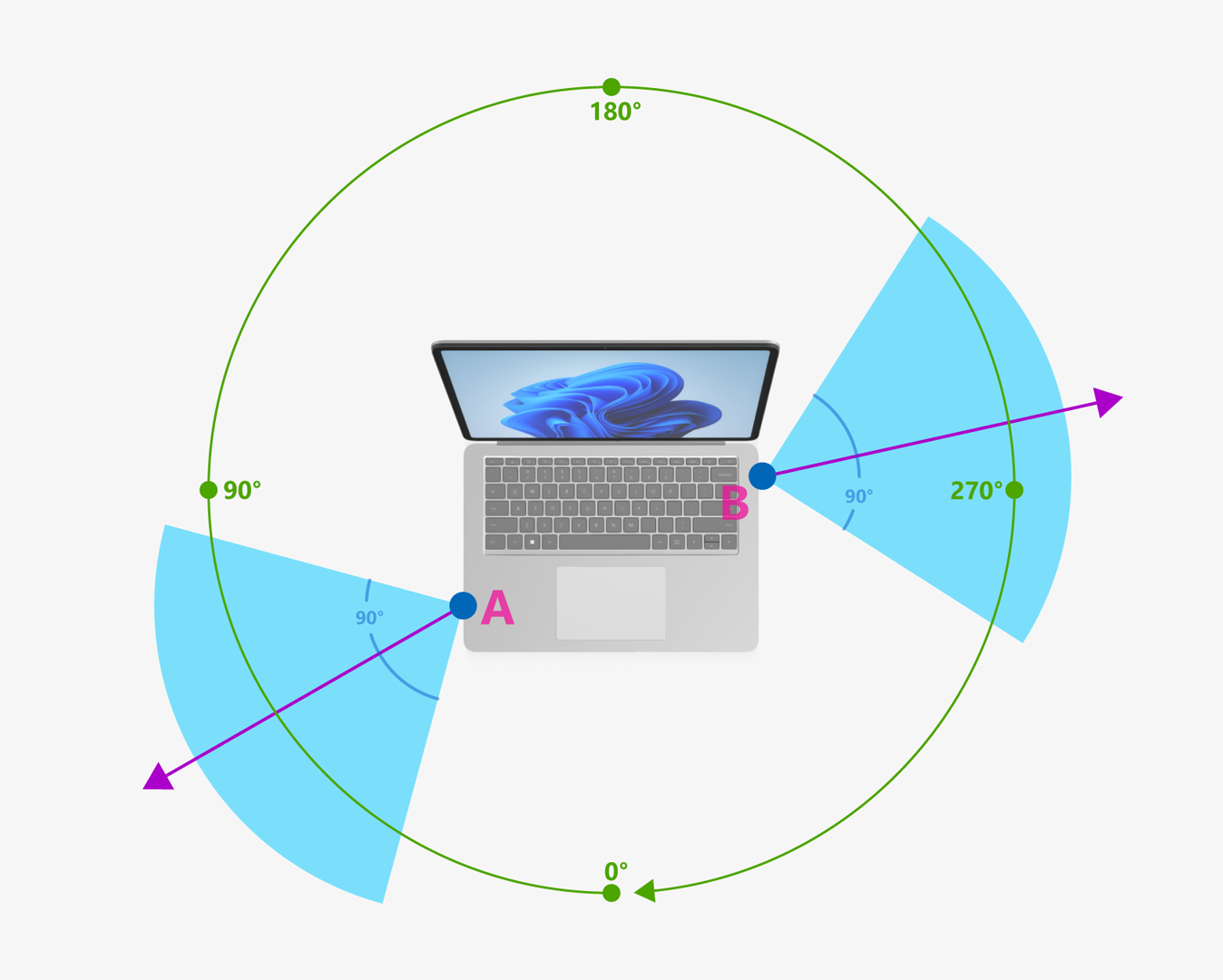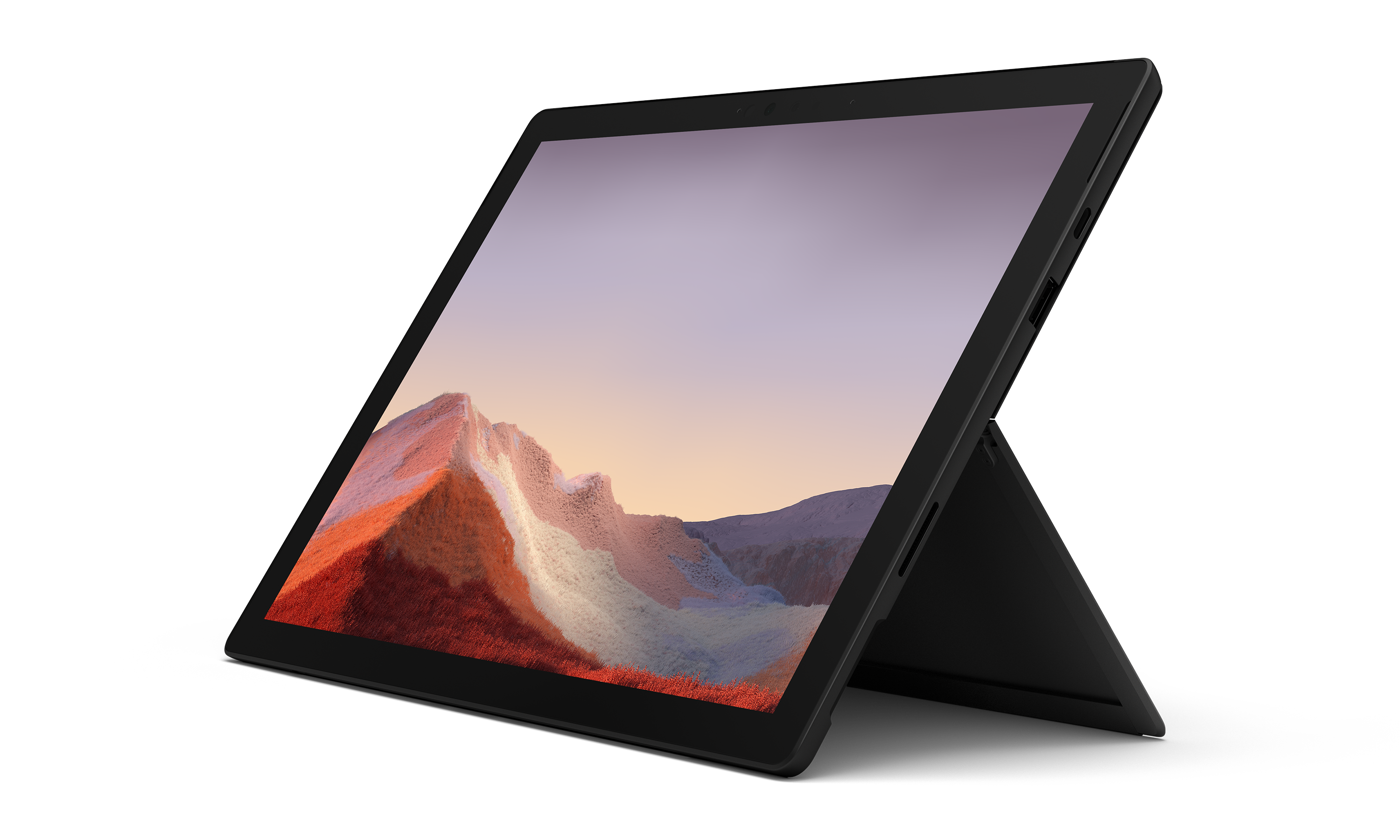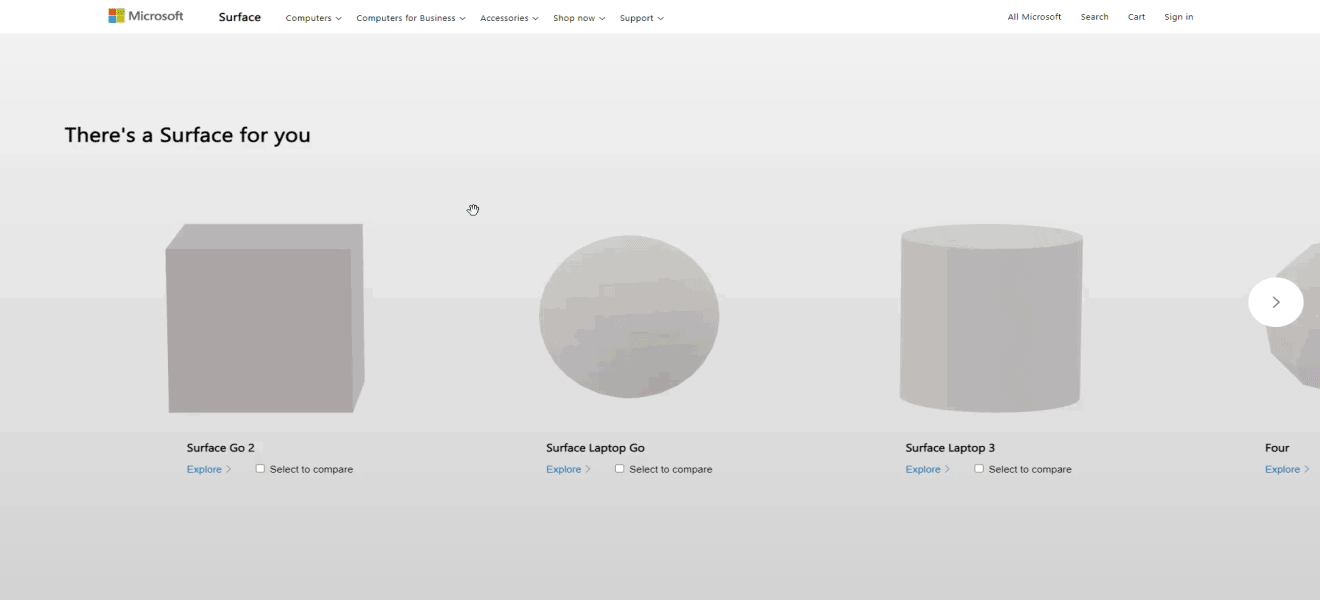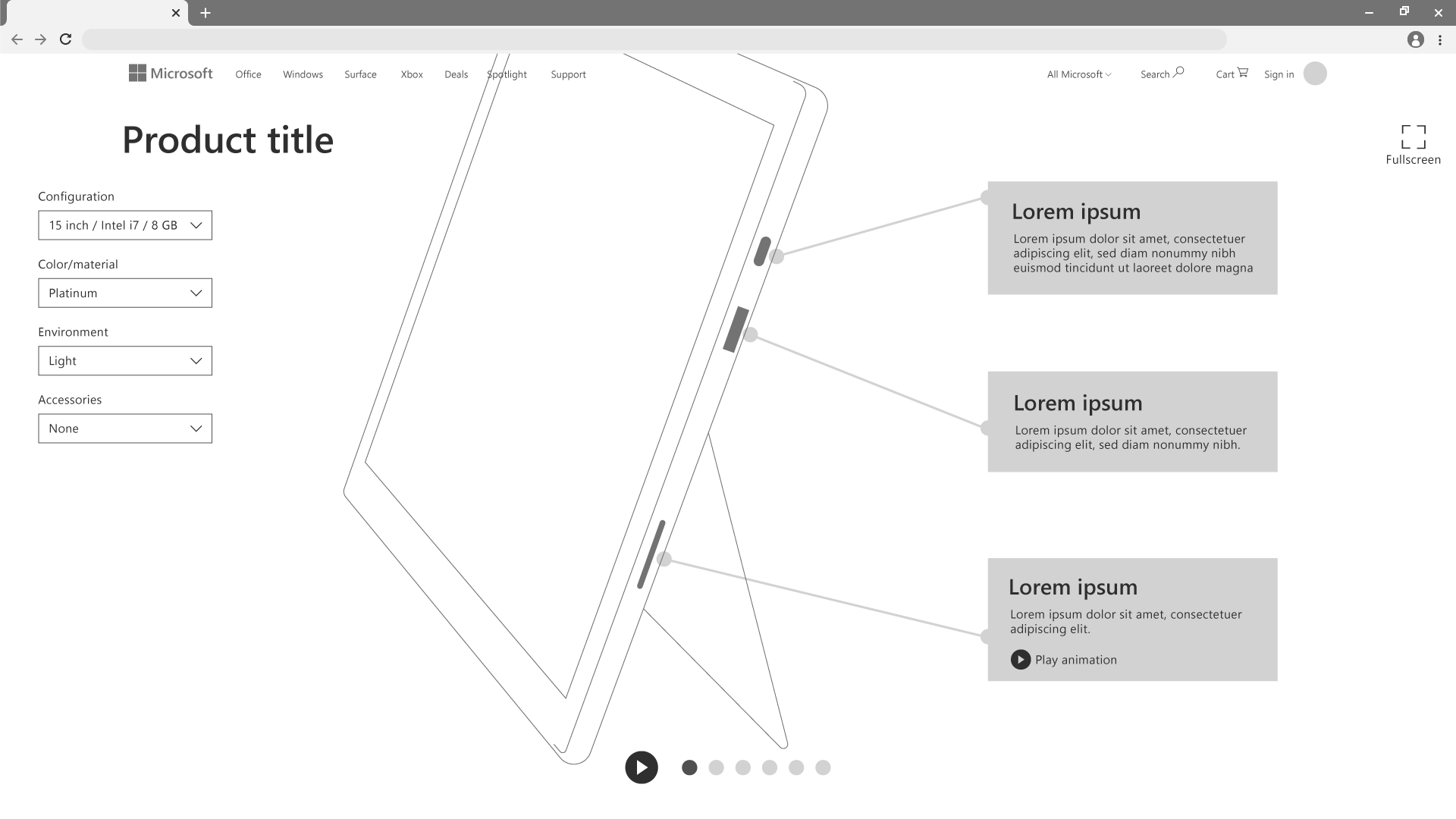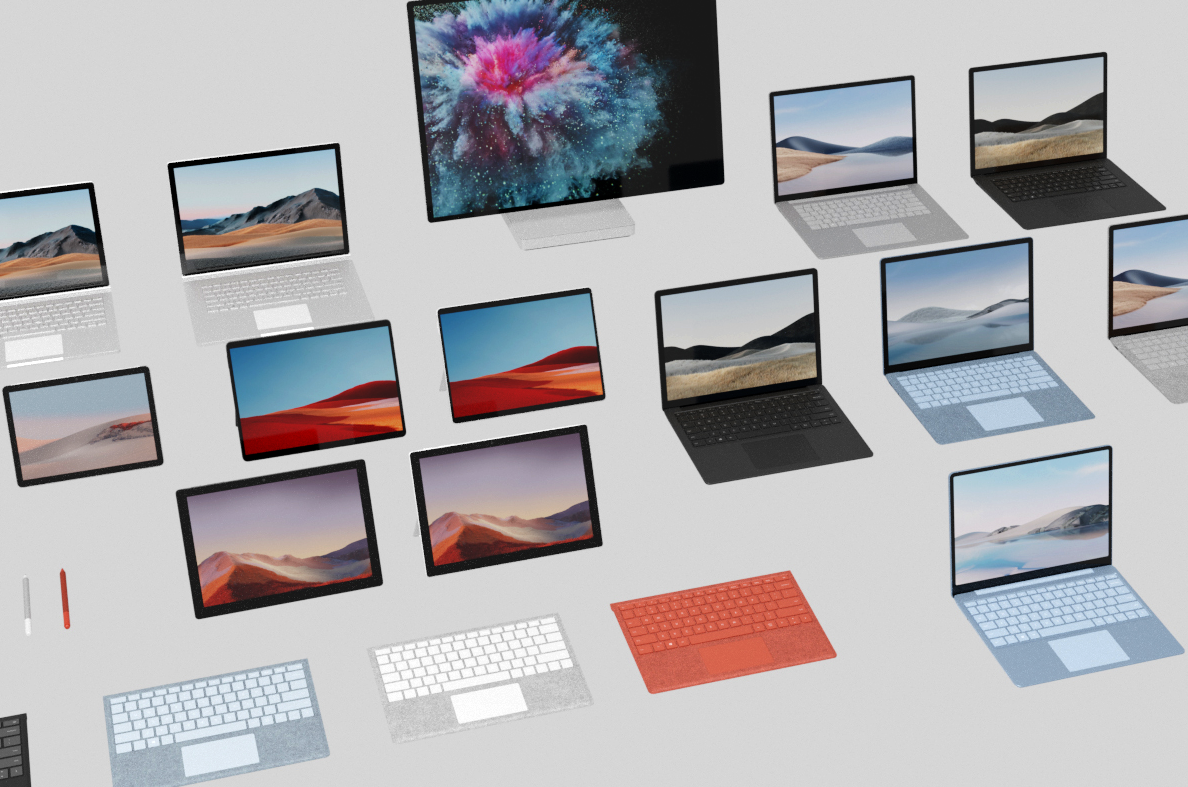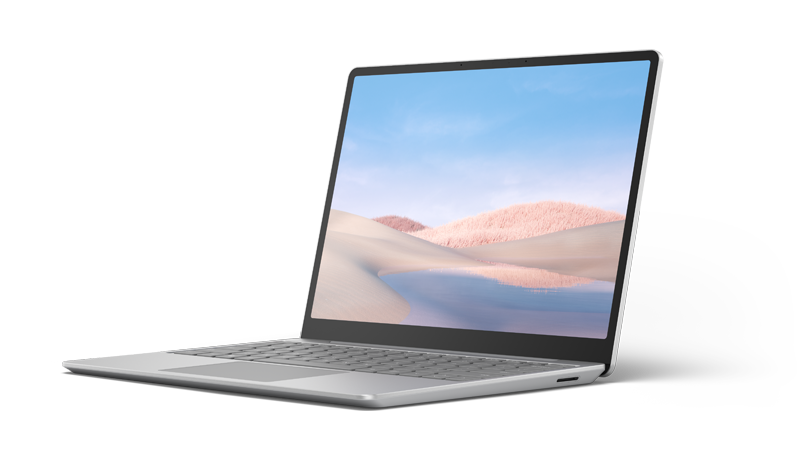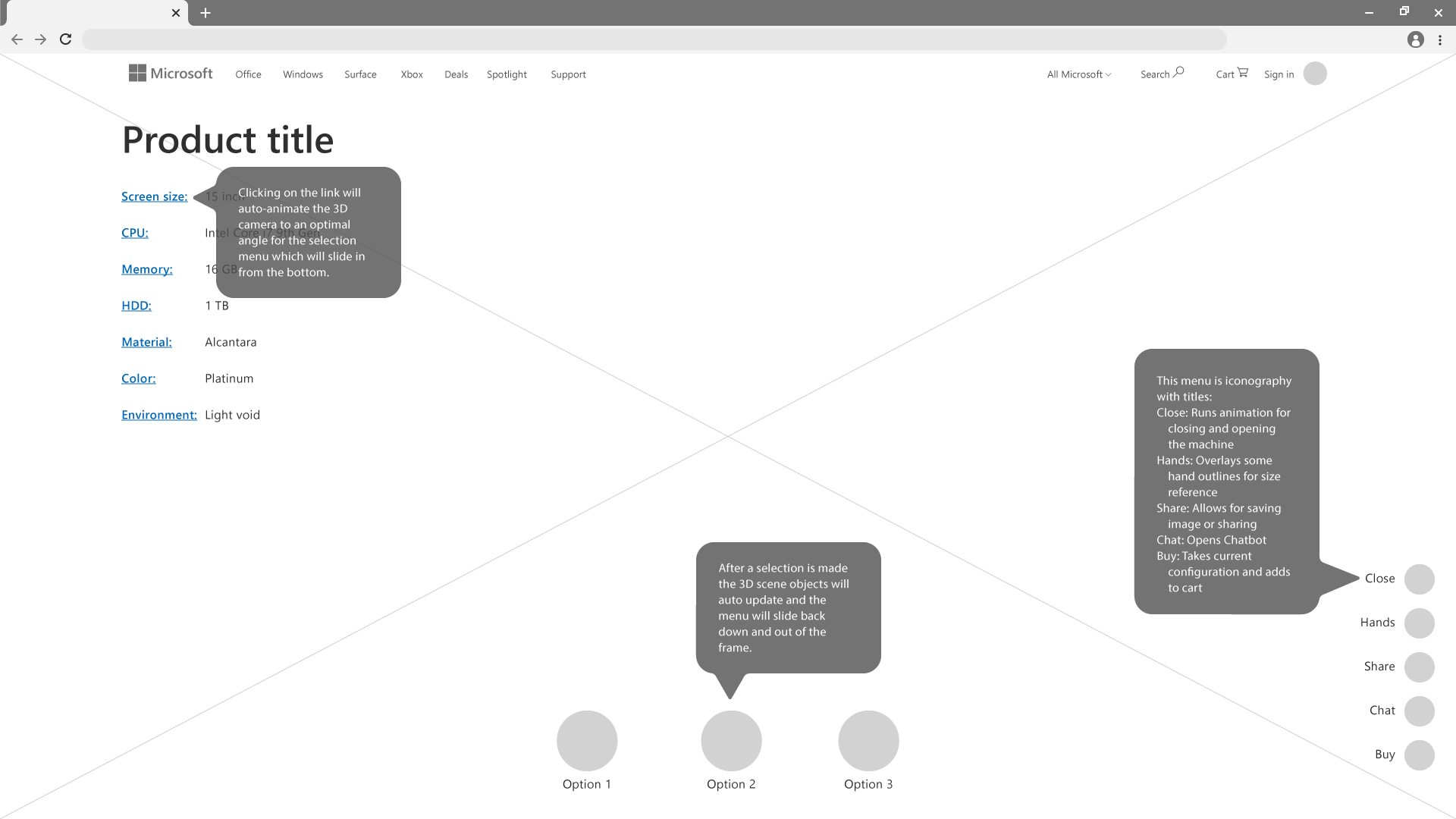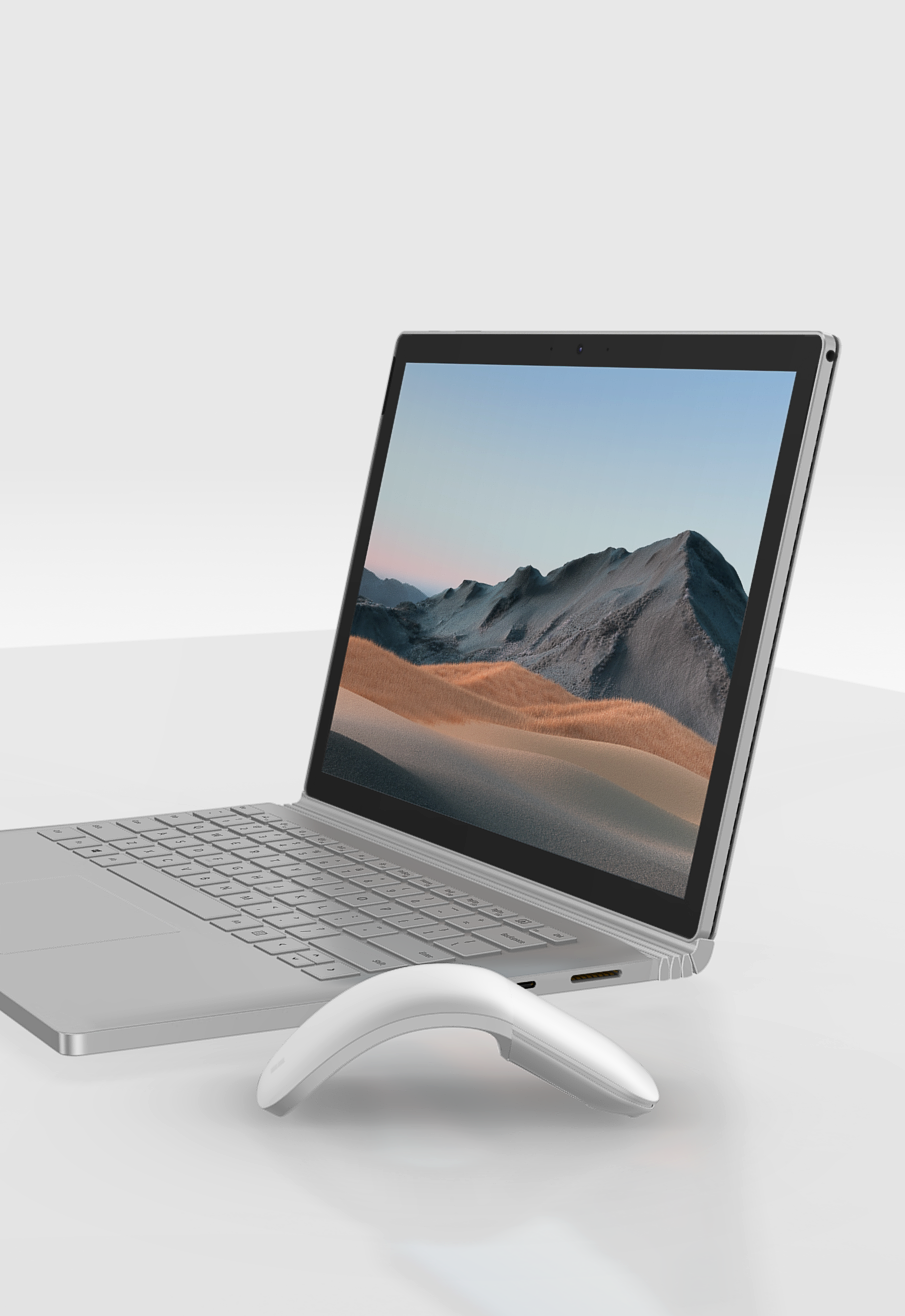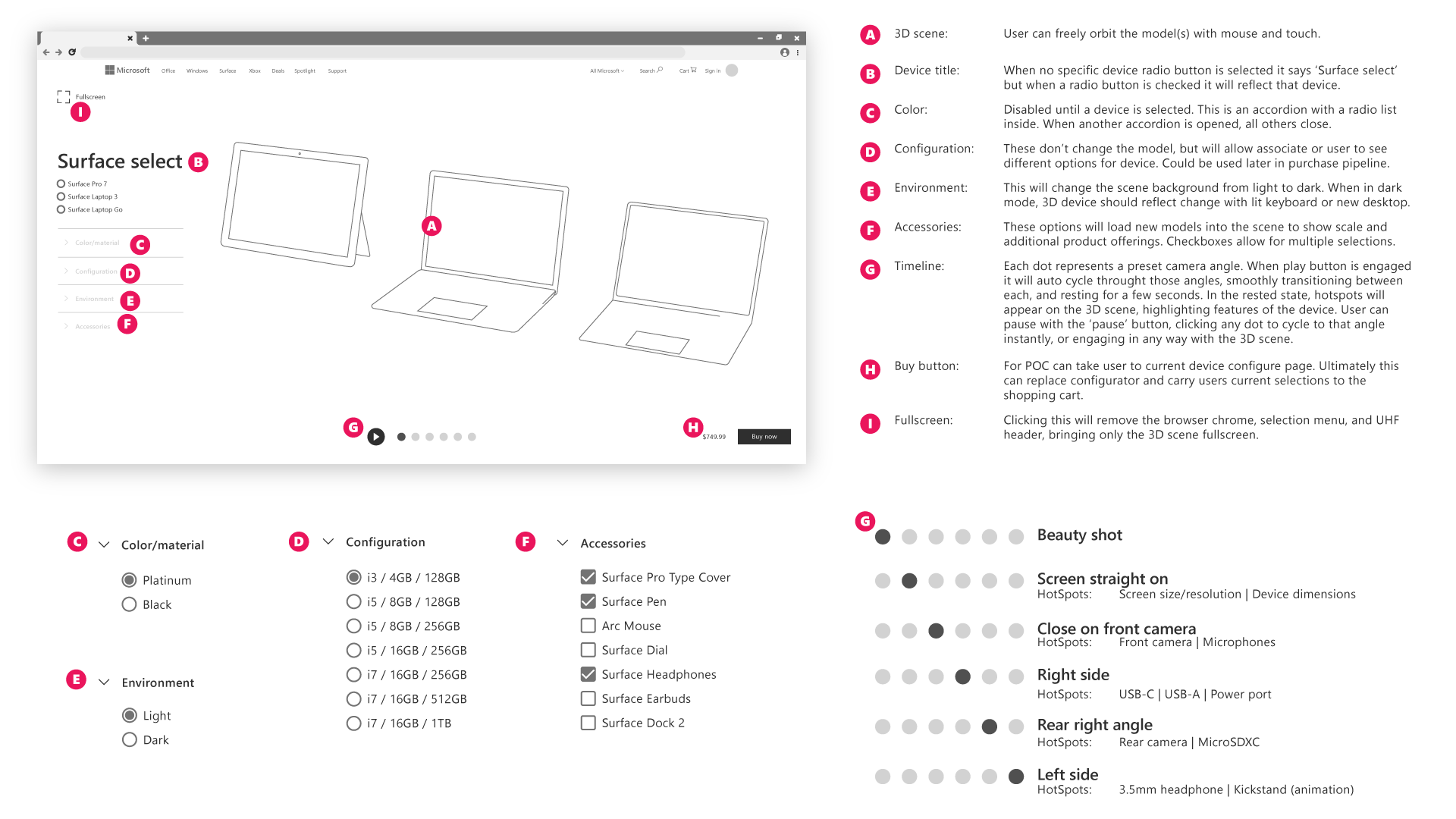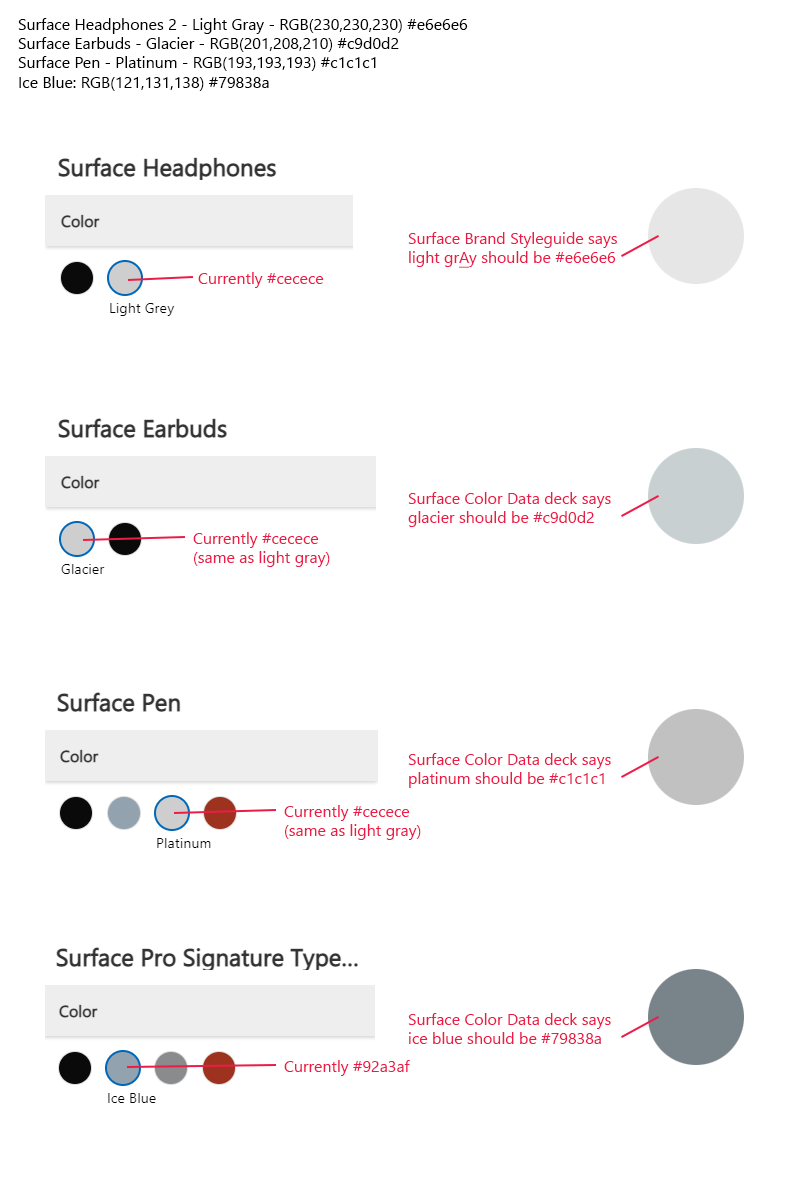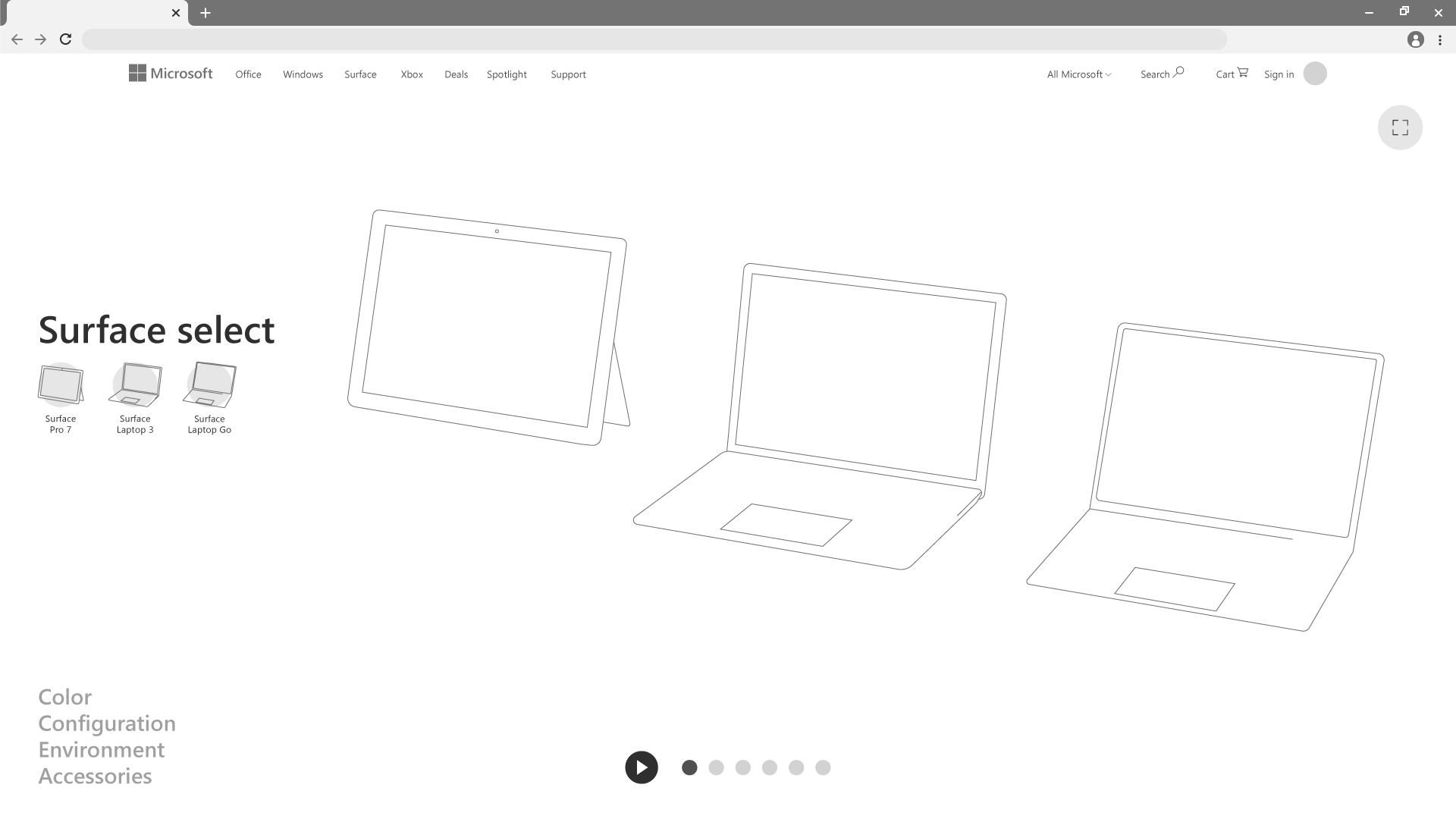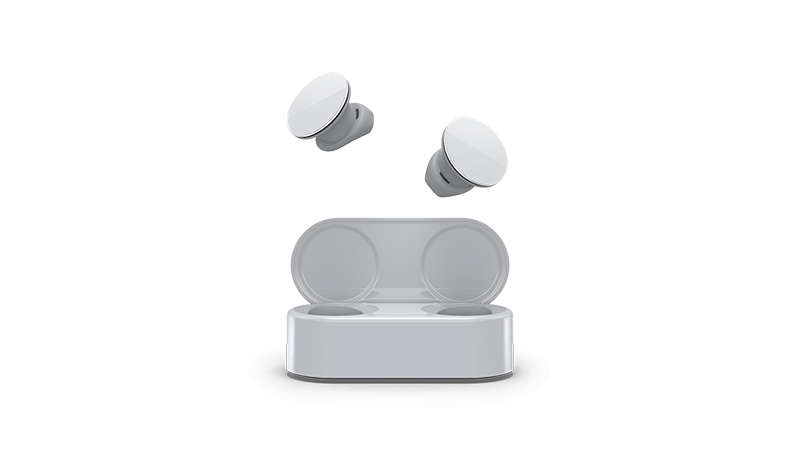The pandemic fundamentally shifted the retail landscape. Overnight, Microsoft customers lost that vital tactile connection with our premium Surface products. Before, a customer could walk into a store, experience the cool precision of the aluminum, examine the fluid motion of a hinge, or discover those thoughtful, almost hidden design details that set Surface apart. These interactions were essential to understanding not just the technical specifications but the essence of the product.
That in-store experience was a core part of the Microsoft brand promise, a commitment to elegant design and quality craftsmanship. Suddenly, online was the only option for many customers, and we faced a pressing question: How could we translate that experience - to not just inform, but to evoke that same sense of delight and excitement as unboxing a Surface for the first time?
This is where my team came in. We were selected because of our proven ability to think beyond conventional solutions, to understand both the product and the customer journey in depth. Our diverse backgrounds - from engineering to visual design to user research gave us a unique perspective. We knew the solution couldn't just be a digital replica of the showroom; it had to be something different, something transformative. We were determined to build an online tool that would spark genuine engagement with both our brand and the Surface lineup.
Shop in 3D
Microsoft's Immersive Online 3D Shopping ExperienceTurning Point
- The Power of Self-Discovery
- Pitching With Passion
- Securing Buy-In
Our breakthrough moment was almost tangible. It was the shift from 'maybe, this might work' to a collective 'Dang! This is totally going to work.' We realized that the magic lay in letting customers drive their own experience. Imagine how you unpack a new gadget, the anticipation of each discovery - we wanted to replicate that online. No guided tours or flashing arrows, just pure product exploration driven by curiosity.
Securing the funding for a bold idea like this takes more than just slick renderings. I built my pitch around the actual user journey. Key visuals from my prototypes and those demo videos weren't just eye-candy; they breathed life into the concept. You could almost 'feel' customers interacting with the Surface. I wanted our stakeholders to experience the potential as vividly as we did.
Their response was exhilarating. Our one million dollar ask was instantly approve and bolstered to two million! They didn't just hear our proposal; they felt the impact, the excitement, the potential to elevate Microsoft's entire online retail game. What a rush! My core design team was elated while at the same time anxious to get started on turning our ideas into an actual service.
Building & Collaboration
- Iterative Agility
- Winning Over Decision Makers
- Going Global
Turning a bold concept into a reality is undeniably a team sport. With the green light secured, we switched gears from exploration, to laser-focused execution. Daily scrums were our lifeline, keeping even the smallest design tweaks aligned with the larger vision - like 'air traffic control' to keep things humming and avoid mid-air collisions! While designers kept refining the customer experience, developers were optimizing load-times and file-sizes.
Communicating upwards isn't always easy. I learned to pitch in a language executives understood: customer benefits, not tech jargon. Visualizing the impact of our work was key and hey, a well-timed prototype demo never hurts when you want to build trust and enthusiasm.
Things got even more interesting when we brought in our external design partners from across the globe. Timezones? Check. Language barriers? Sometimes! Clear briefs, relentless follow-up, and translating feedback into actionable direction became my superpowers. It was exhilarating to see our vision resonate globally, knowing a customer in Singapore or Berlin could experience the same Shop in 3D magic.
Mentorship + Results
- Fostering Designer Growth
- Upholding Brand Standards
- Impact-Driven Mentorship
As lead UX designer, my role wasn't just about delivering my own work, but ensuring the entire team was reaching their full potential. Through both one-on-one guidance and hands-on design sessions, I actively fostered collaboration and knowledge-sharing. It wasn't about being 'the expert', but creating an environment where everyone felt encouraged to ask questions, iterate on ideas, and learn from each other.
Seeing that sense of shared ownership in my team was incredibly rewarding! And the results spoke volumes. Customers resonated with Shop in 3D, evidenced by a [226mil or 3% fy22]% increase in Surface sales within markets unable to visit stores. However, for me, the biggest success was how Shop in 3D sparked a sense of excitement and possibility about the future of online retail, both within Microsoft and the larger industry. This kind of transformative work is what fuels my passion.
Lululemon Connection
- Passion Fueled by Impact
- Focus on the Human Element
- Ambiguity as Opportunity
Shop in 3D was a transformative project. Not only did it have a tangible impact on Microsoft's customers and bottom line, but it ignited my passion for using design to solve big challenges and create meaningful experiences. My approach is always driven by understanding the customer journey. Whether building intuitive prototypes or collaborating with global teams, the goal is to deliver solutions that feel both innovative and effortless to use.
My experience with Shop in 3D taught me the power of cross-functional collaboration and how mentorship can elevate an entire team's output. I'm drawn to Lululemon's community-focused approach and emphasis on personal growth. I'm excited by the opportunity to translate my problem-solving, visionary thinking, and team-oriented mindset into designing exceptional digital experiences for Lululemon's international customers.
